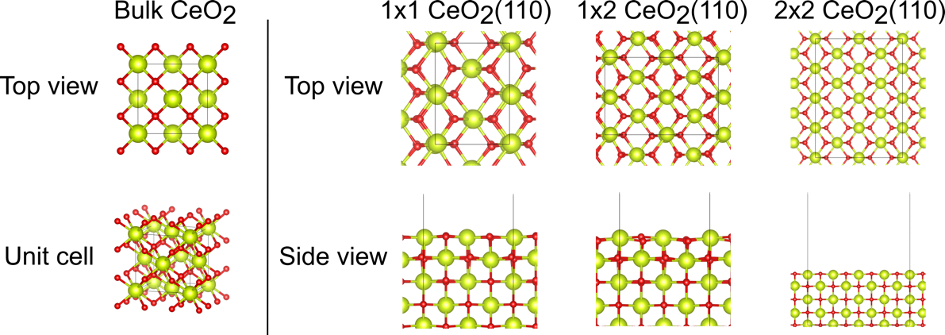


Green alchemy: Turning greenhouse gases into hard carbon
Global warming and its dramatic effects are no longer a distant dream of the future, but a harsh reality. As the world grapples with rising temperatures and their destructive consequences, scientists are feverishly searching for solutions to combat rising greenhouse gas emissions and minimise their impact. One promising approach in this battle is called negative emission technologies (NETs), which aim to remove climate-changing CO2 directly from the atmosphere and store it safely. But how exactly does this work and what makes these technologies so special?

The rise of NETs
Negative emission technologies range from biological processes that convert CO2 into biomass to advanced chemical and electrochemical processes that convert CO2 into long-term stable materials such as hard carbon. These technologies offer a glimmer of hope because they can not only capture CO2 effectively, but also convert it into useful products.
The challenge of CO2 storage
However, storing CO2 in the form of oxalates or other stable materials is not without its challenges. Many of the existing methods require high pressure, special chemical reagents and are technically complex. In addition, the processes need to be sustainable and viable on a large scale to have a significant impact on reducing global CO2 emissions.
Breakthrough with cerium dioxide
A recent discovery has focused attention on one particular material: Cerium dioxide (CeO2), which has the ability to electrochemically convert CO2 into hard carbon. This discovery could be a game changer, as hard carbon is versatile and the conversion offers a direct way to remove CO2 from the atmosphere.
Using computer modelling to analyse the CeO2-CO2 reaction
To understand how CeO2 andCO2 interact, scientists at the University of Ulm carried out computer calculations using a method called density functional theory (DFT). They used special mathematical formulae to calculate the forces between the atoms more accurately and made additional adjustments (called Hubbard U) to further improve the accuracy, especially for the properties of CeO2. However, they encountered difficulties when trying to include the effects of liquids in their simulations, which is important in the real world. These problems could not be solved, so as a first step they decided to assume that the reactions only took place in gaseous form. This simplification is common and still provides useful information about the reactions.
Importance of pKa values for CO2 conversion
Researchers have recognised that the behaviour of CO2 in different solvents, in particular the acid dissociation constants (pKa values), is crucial for its effective conversion. Especially in non-aqueous solvents such as DMF - a common solvent in CO2 reduction - new calculation methods have to be used to accurately determine the pKa values.
What makes CeO2 special
CeO2 surfaces show their true strength in catalytic reactions especially in the so-called (110) crystal orientation. Here, the surface tends to form oxygen defects - small gaps that prove to be perfect docking sites for CO2. At certain voltages, up to 25% of the oxygen atoms on the surface can be removed, making CeO2 an ideal candidate for CO2 reduction.
The innovative route from CO2 to solid carbon
It all begins with the start of the chain, where CO2 is activated by binding to oxygen vacancies on the surface of CeO2. This first bond changes the chemical structure of CO2 and makes it ready to form carbon chains. In the next step, chain extension, the activated CO2 couples up with other molecules to form longer chains. This creates new carbon-carbon bonds from two CO2 molecules. The subsequent chain branching enables the formation of larger and more complex structures such as rings, which serve as the basis for further reactions. Chain branching also allows the formation of three-dimensional structures, paving the way for solid materials. CeO2 plays a key role not only at the start of the process, but also in stabilising the growing carbon structures.
Summary
The latest research results, funded by the German Federal Ministry of Education and Research and also supported by the Dr Barbara Mez-Starck Foundation, shed light on the role of CeO2 as a catalyst in the reduction of carbon dioxide (CO2) and its conversion into hard carbon. The results show that CeO2 acts mainly as an anchor for the initial adsorption of CO2. Interestingly, the subsequent reaction - including the oligomerisation and polymerisation steps - is largely independent of the catalyst. This mechanism opens up new possibilities for the use of CeO2 in CO2 reduction and could lead to the development of improved catalysts.
The research also shows that the rich defect chemistry of CeO2 provides ideal conditions for the adsorption of CO2, a crucial first step in the conversion process.
Call for research
Given the potential importance of these findings for the conversion of CO2 into usable products, further research is urgently needed. The aim is to improve the efficiency and practical applicability of these processes. The ability to effectively convert CO2 into valuable resources is central to the fight against climate change. Further studies could help not only to reduce atmospheric CO2 levels, but also to develop innovative materials for industrial applications. This research is at the beginning of a promising development in CO2 reduction technology, which has the potential to both reduce the burden on the environment and open up new avenues in materials science.
Author: Lasse S. Martinsen
